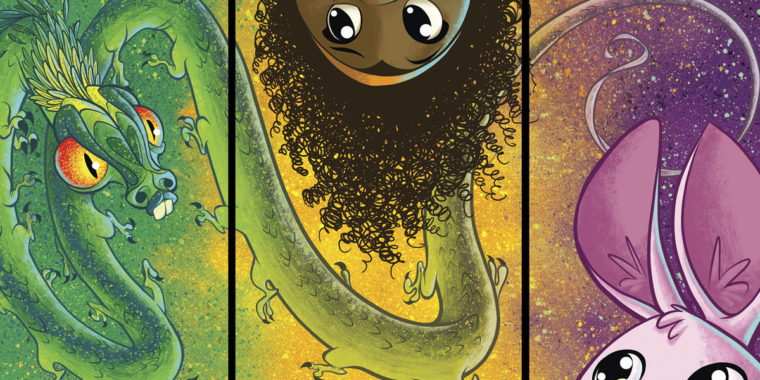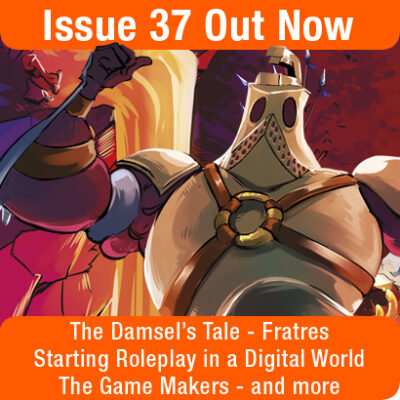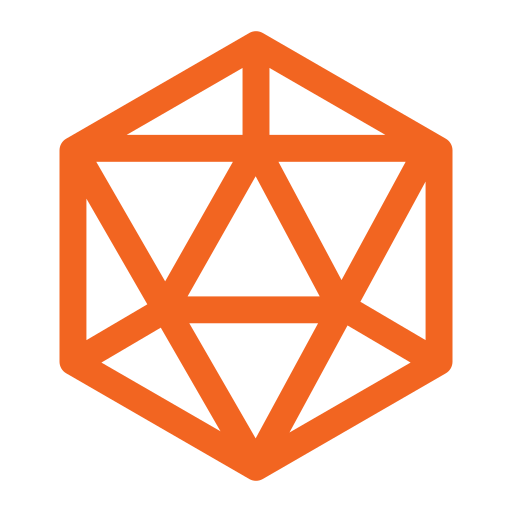It was the Lewis Carroll nonsense poem Jabberwocky which first put the titular monster into the imagination of the world. This fleeting but absurd description, as well as John Tenniel’s famous drawing, made the concept of the Jabberwock synonymous with mismatched parts to make a formidable whole.
This is where Peter C. Hayward and Jellybean Games come into the picture. The company put out a challenge to game designers, to take a set of pre-determined cards and gems, and create a game with them. Many parts, creating a monster all of their own.
Designers answered the call, creating games of all kinds. Five were chosen, collected up and packaged together as Jabberwocky. Late last year Jabberwocky sought funding on Kickstarter, but it was ultimately cancelled. Though like its namesake, Jabberwocky has risen again to stalk the crowdfunding lands.
The five games with Jabberwocky are named for portions of the original poem; Bandersnatch, Borogoves, Gyre, Mimsy and Slithy. Each is its own interpretation of a tabletop genre, filtered through the limited spectrum of three suits of five cards, 24 gems and three unique cards.
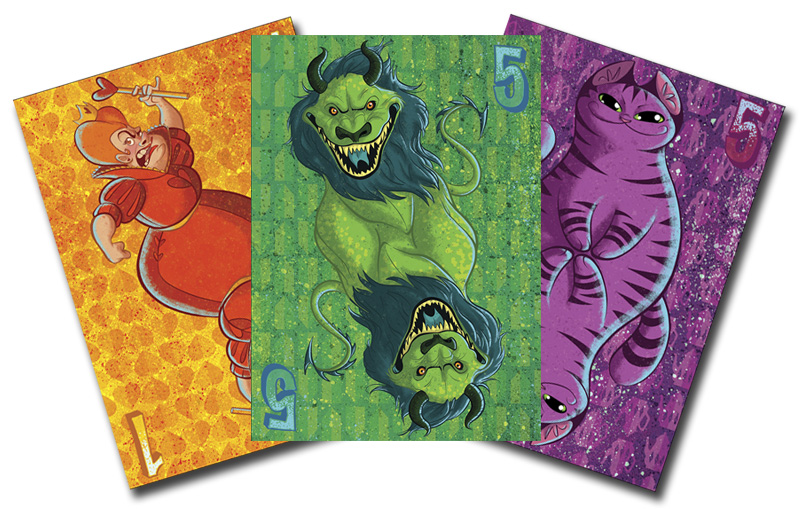
Bandersnatch is a single player puzzle game designed by Joel Colombo. In it players broil green and yellow gems by surrounding them with other gems. Different broiled gem colours provide different point values. Players replace cards on the table with cards in their hand, with the value of the new and old cards causing effects.
Borogoves is an asymetrical map construction game for 1-2 players by Karl Lange. In it players are either the Cartographer or the Borogoves. The Cartographer places cards out, while the Borogoves moves gems from the three coloured nests onto and around the map. Once the map is built the Cartographer scores points for cards not occupied by corresponding coloured gems, as well as unoccupied cards.
Gyre is an area control game for 2-3 players by Marek Tupy. In it players move their Jabberwocky card around a grid of cards, displacing gems and blocking other players. Cards are flipped over when they contain gems only of the same colour and value. The first player to flip over all their cards wins.
Mimsy is a race game for 2-3 players by Joe Myron. It is played on a mancala arrangement, and players race to distribute gems around the track. The first goal card to accrue five gems ends the game, at which point players check their secret goal to see who wins.
Slithy is a negotiation game for 3-7 players by Patrick Chapman. A dealer plays two cards, one face up and one face down, and other players discuss how many gems to bet. If the group bets gems equal to or higher than the two cards the dealer keeps the gems. Otherwise the players gain the number of gems they bet, up to the total of the revealed card.
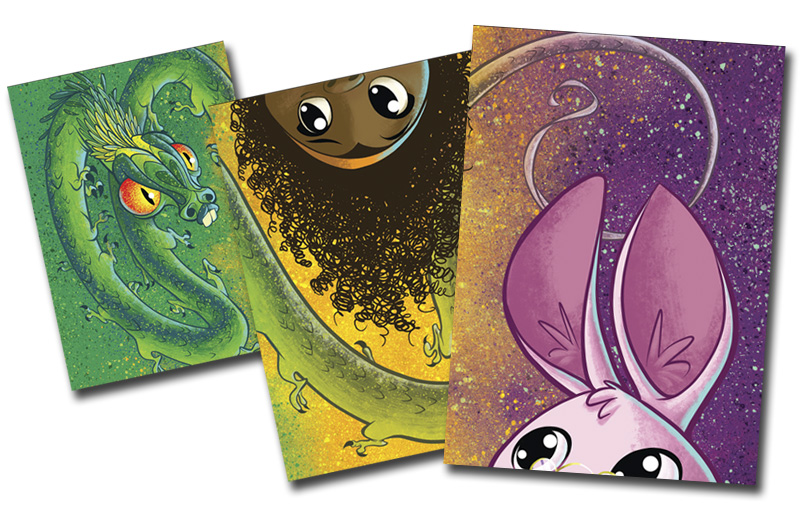
All the games within Jabberwocky sound interesting, and complementary to each other. Which makes the collection an attractive prospect, as there should be at least one title in there which engages. If not more.
I particularly like the seamless marriage of multiple games in a box, and the Jabberwock theme. The whimsical and colourful card art looks like it will accentuate, rather than hinder, the experience of any of the five games.
Jabberwocky comes to Kickstarter very soon. Follow Jellybean Games on their website or Facebook to keep up to date with the campaign launch.
Update 15/03/2019: The Kickstarter is now live.


